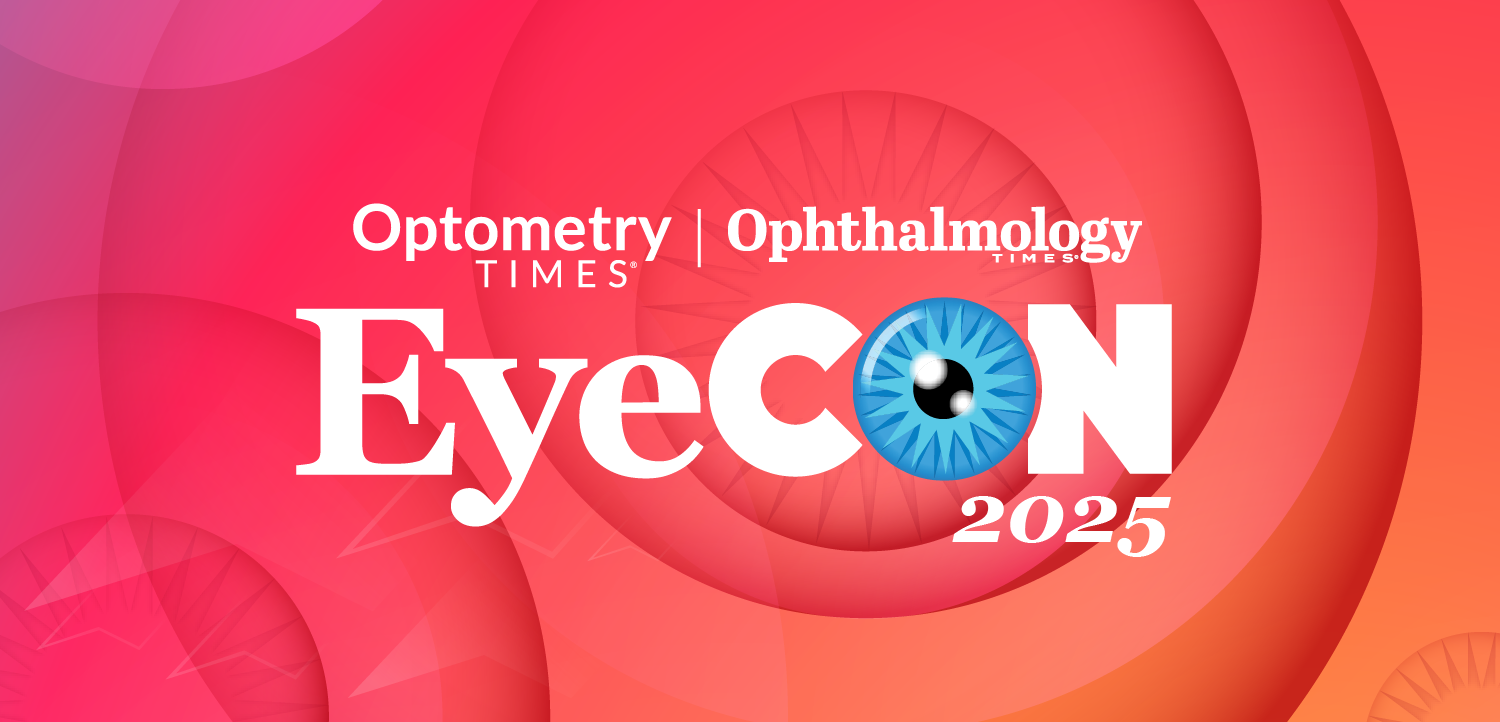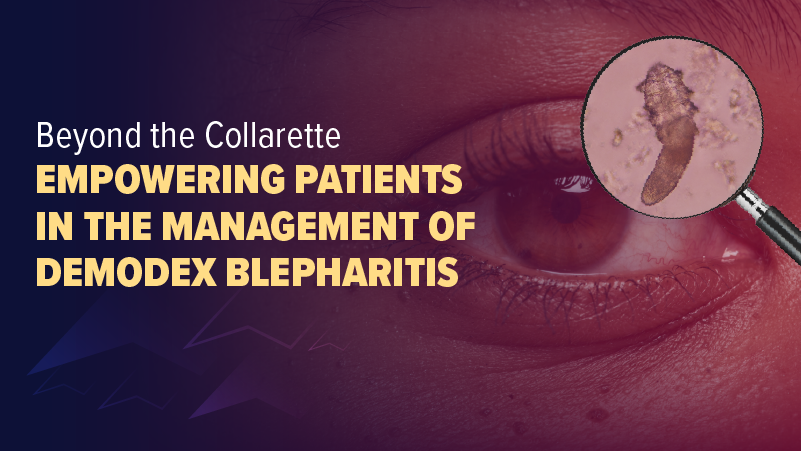Difluprednate ophthalmic emulsion receives FDA approval
Tampa, FL-Sirion Therapeutics Inc. has received FDA approval for difluprednate ophthalmic emulsion 0.05% (Durezol), a topical steroid for the treatment of postoperative ocular inflammation and pain, the company announced.
Tampa, FL-Sirion Therapeutics Inc. has received FDA approval for difluprednate ophthalmic emulsion 0.05% (Durezol), a topical steroid for the treatment of postoperative ocular inflammation and pain, the company announced.
“We look forward to launching the first innovation in the strong steroid class in more than 35 years, and the first steroid to have an indication for the treatment of postoperative pain,” said Barry Butler, president and chief executive officer of Sirion Therapeutics. “We believe that having access to a steroid that treats both inflammation and pain gives physicians a more complete treatment approach.”
In patients with significant postoperative inflammation and pain in two phase III trials, the emulsion rapidly reduced inflammation and pain, according to the company. Mean IOP for all study groups remained within the normal range throughout the study.
“Rapid resolution of inflammation and pain is very important following ocular surgery,” said Michael Korenfeld, MD, assistant clinical professor of ophthalmology and visual sciences, Washington University, St. Louis, and principal investigator for the phase III trials. “It is important to point out that in these phase III studies, patients were treated for the first time after the ocular trauma from surgery had occurred. The results from these studies, particularly the ability to eliminate postoperative pain, demonstrate that [the emulsion] is a powerful option for postoperative care.”
The company said it plans to make the product commercially available in late 2008.
Newsletter
Don’t miss out—get Ophthalmology Times updates on the latest clinical advancements and expert interviews, straight to your inbox.


















































.png)


